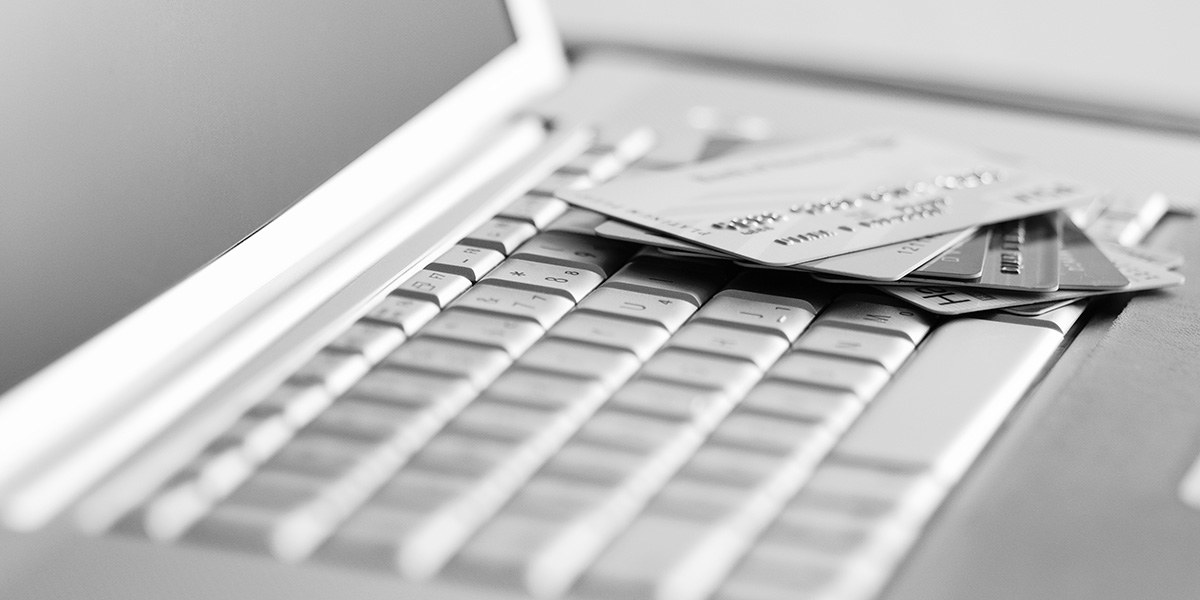Summary
Autopay is a powerful tool for subscription and recurring revenue businesses, offering more than just convenience—it’s a critical lever for financial stability. When properly implemented, autopay streamlines collections, accelerates cash flow, and significantly boosts customer retention. Discover how to leverage autopay effectively to minimize churn, enhance customer satisfaction, and optimize your revenue operations.
Key Takeaways
- Properly implemented autopay is a significant revenue stability lever, accelerating cash flow and improving customer retention for subscription businesses.
- Maximize autopay adoption by offering financial incentives and encouraging enrollment at multiple touchpoints, from onboarding to payment portals.
- Businesses often resist autopay for large invoices or variable fees, preferring manual review and control over cash flow timing.
- To avoid reconciliation issues, link autopay directly to your billing engine and invoice generation, rather than static contract cycles.
- Mitigate involuntary churn by implementing technology to retry failed transactions, obtain refreshed card data, and encourage backup payment methods.
Autopay isn’t just a convenience toggle. For subscription-based and recurring revenue businesses, it’s a revenue stability lever — if it’s wired correctly.
When structured well, it simplifies collections, accelerates cash flows, and improves retention. Done poorly, it increases churn, bloats support queues, and lowers customer satisfaction. Let’s keep it in the first category.
What Is Autopay in SaaS Billing?
Autopay means automatically charging a customer’s saved payment method when an invoice is due. Simple in B2C. Messier in B2B — virtual procurement cards, employee turnover, and customer preference for longer payment terms complicate things.
The nuance? Timing and context. Charge the wrong card without a clean invoice trail, and legal risk enters stage left.
How Do You Maximize Adoption of Autopay for Subscriptions?
Encourage customers to enroll at various touch points throughout the lifecycle:
- During the initial onboarding process
- When making payments in hosted payment portals
- On PDF invoices sent to the accounts payable team
Consider offering a financial incentive to drive adoption such as a small 1-2% discount for enrolling in auto-pay? The discount could be a short-term incentive for the first year or evergreen.
What are the Common Objections Business Customers cite for Not Adopting Autopay?
Many businesses prefer not to enroll in autopay with vendors for several reasons:
For high-dollar invoices, the finance organization prefers to review the charges and approve them before remitting payment. The same view holds for variable fees that change monthly.
Businesses prefer to hold on to their cash as long as possible. With autopay they lose control of the timing of the payment. With an invoice model, the customer’s AP team decides when to make the payment.
How Do You Set Up Autopay for Recurring Invoicing?
Don’t let your payment processor dictate timing. Autopay should be tied to your billing engine — not a calendar date.
- Trigger autopay when an invoice is generated, not when a static contract cycle hits.
- Push invoice metadata (amount, due date, payment terms) directly to the payment gateway.
- Flag exceptions (overages, usage spikes, pre-disputes) before any charge attempt.
Charging outside the invoice lifecycle — without a clear paper trail — creates a GL reconciliation mess that will haunt your month-end close.
What’s the Best Payment Method for Autopay?
You can offer auto-pay with credit cards, debit cards, digital wallets, and even direct debits from a bank account. There are pros and cons of each type of payment method, but keep in mind that what is best for your business is not always what the customer wants. Every consumer and business has a preference for how to make payments. Chances are you will have to offer all of the above options if you want to maximize adoption.
Pros and cons of various payment channels.
- ACH / Direct Debit: Cheapest, but slow and more friction to setup.. Adds 2–3 days to payment cycle.
- Credit Cards: Faster, but more expensive and higher maintenance. Card expirations and spending limits drive higher failure rates.
- Digital Wallets: PayPal, Google Pay, and Apple Pay are gaining ground in B2B, but still primarily B2C.
Let enterprise customers pick their poison. For everyone else, default intelligently.
How Does Autopay Impact Involuntary Churn?
AutoPay works well for 90%+ of collections, but recurring payments with credit cards are prone to failure. Cards expire every few years. Accounts are closed due to fraud or employee turnover. Also, payment rails have hiccups just like any other application and sometimes fail for purely technical reasons.
Failed payments are the quiet churn driver nobody tracks — until NRR slips by 3–5%. But there are ways to cut down on Autopay failures using technology to
- Automatically retry failed transactions based on decline codes
- Obtain refreshed card numbers and expiration dates from banks regularly
- Encouraging customers to keep a secondary, backup payment method on file
- Syncing dunning cadence to the type of failure (expired card ≠ insufficient funds)
But expecting predictable collections from Autopay without implementing these exception handling strategies is just…wishful thinking.
How Do You Minimize Risks with Autopay?
Automation ≠ “set and forget.”
You need:
- Require customers to explicitly tick a box that opt-ins to autopay arrangements
- Understand the regulations that vary at both a country and a state/province level for subscriptions and refunds
- Monitor payment failures closely: Setup automation to retry 3x, then escalate to dunning, then to a real person in AR
- Link the billing system with your product. Suspend access to the product for delinquent accounts passing a certain age.
- Collect audit trails for every payment (timestamps, gateway status, token IDs)
Real SaaS Takeaway
Autopay isn’t a toggle. It’s a workflow — and it belongs in your finance system, not your settings page.
Conclusion
Ultimately, autopay transcends a simple setting; it is a critical financial workflow that, when integrated correctly into your billing system, dramatically enhances revenue stability and customer retention. Embracing a comprehensive approach to autopay—from thoughtful implementation and diverse payment options to proactive churn mitigation and diligent risk management—is essential for any recurring revenue business aiming for sustained growth and operational efficiency.
Frequently Asked Questions
What happens if a customer disputes an autopay charge?
Depends on method. Cards = chargebacks. ACH = manual review. Always link charges to a clear, referenceable invoice.
Can I combine manual and autopay in one contract?
Absolutely. Use autopay for base subscriptions. Invoice manually for usage, milestones, or one-off fees.
Is offering a discount for autopay legal in B2B?
Yes, but only if disclosed clearly and applied consistently across segments.
Frequently Unasked but Answered Questions
Why do some SaaS companies avoid autopay?
It’s expensive to collect via credit card, with processing fees averaging 2-3% of the invoice total. Collecting payments via bank debit or check can be cheaper.
What metrics should I track after autopay rollout?
Start with involuntary churn, DSO, retry success rate, and autopay opt-out rate segmented by cohort.
Does autopay reduce dunning needs?
It shifts the need — it doesn’t remove it. Dunning becomes your failover. It still matters. Just later.
You May Also Like
 How to Optimize Autopay for Subscription and Recurring Revenue Businesses
How to Optimize Autopay for Subscription and Recurring Revenue Businesses
How to Optimize Autopay for Subscription and Recurring Revenue Businesses
 Recurring ACH Payments
Recurring ACH Payments
Recurring ACH Payments
 Credit Card Payments for SaaS
Credit Card Payments for SaaS



